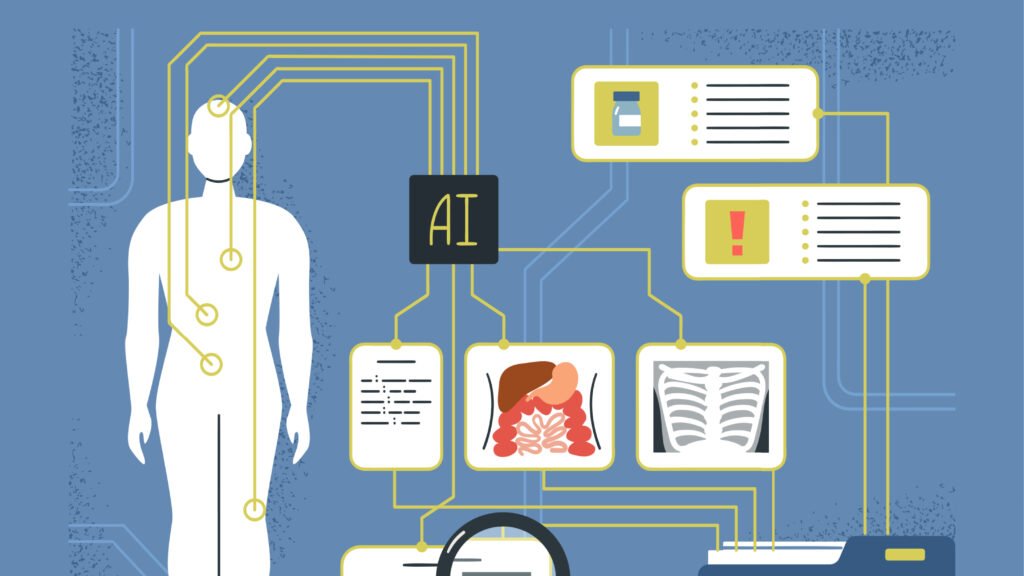As the confirmation hearings for health secretary Robert F. Kennedy Jr. unfolded, a pressing issue was brought to the forefront – the rural health care crisis in America. Kennedy emphasized the importance of leveraging technology to address this critical issue, stating that President Trump is committed to ending the closure of rural hospitals by harnessing the power of AI and telemedicine. He even highlighted the potential of an AI nurse with diagnostic capabilities comparable to that of a doctor.
The integration of AI into the healthcare system has been a focal point for many in the industry, but the reality of Kennedy’s vision is still a distant one. AI algorithms developed using data from well-resourced coastal health systems often struggle to deliver the same level of performance when implemented in rural settings like hospitals in Wyoming. Bridging this performance gap has been a key objective for developers of clinical AI technology.
However, progress in this area is facing obstacles due to early executive actions taken by President Trump. The uncertainty surrounding executive orders, communication freezes, and reductions in staff across federal health agencies have left researchers, health systems, and regulators grappling with the implications. As the healthcare community braces for potential budget cuts, the uncertainty has already begun to dampen the momentum of clinical AI research efforts.
The push to make AI safe and effective for diverse populations is facing setbacks, with concerns looming over the impact of these executive actions on the future of healthcare technology. Despite the challenges, the need for innovation and progress in healthcare remains urgent, especially in rural areas where access to quality care is limited.
In conclusion, while the vision of leveraging technology to revolutionize rural healthcare is promising, there are hurdles to overcome. The integration of AI into healthcare systems must be approached thoughtfully and with a focus on inclusivity and effectiveness across diverse populations. As the healthcare landscape continues to evolve, the role of technology in shaping the future of healthcare delivery will be paramount.


